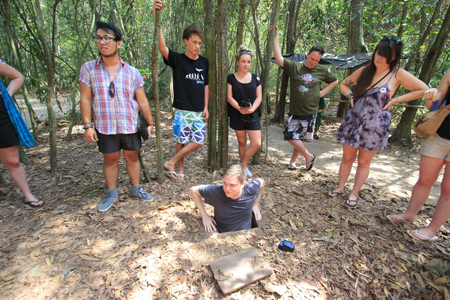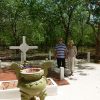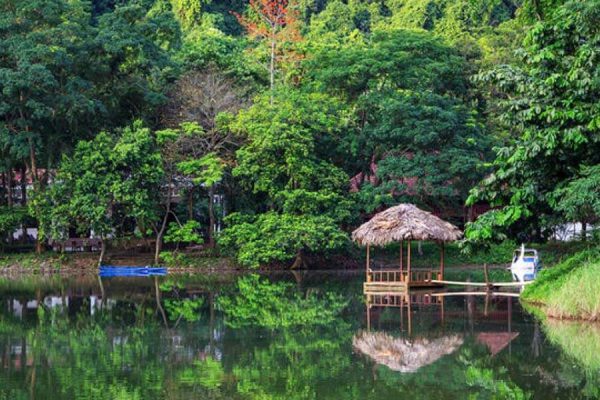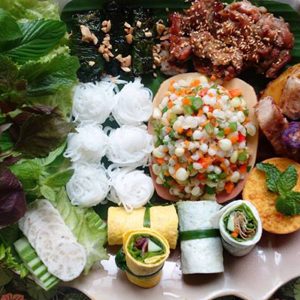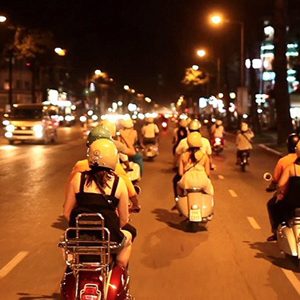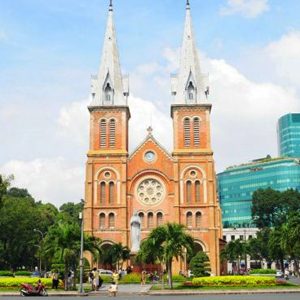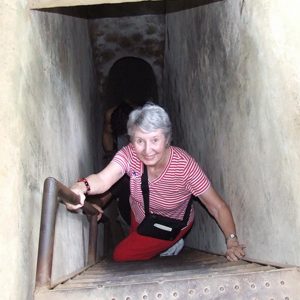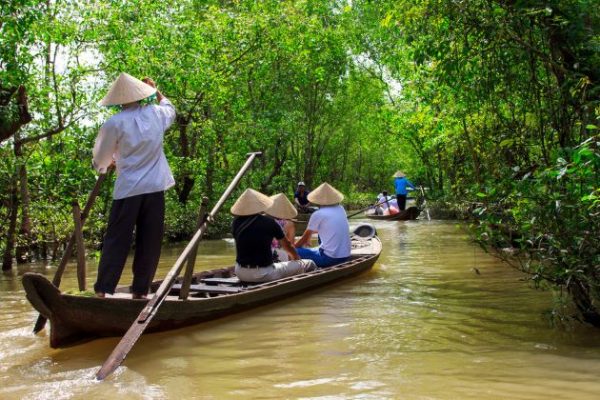Start from Ho Chi Minh City, head to one of the most popular attractions in Southern Vietnam. Discover the beliefs and worship of Cao Dai religion by experience the hour of prayers. Continue with a visit to the heroic Cu Chi Tunnel to learn about a period of fierce fighting in American War and discover the way to excape this intricate maze.
- Guides: Hand-pick from our best guides, mature, acknowledgeable, all are licensed, great senses of humor
- Drivers: friendly, responsible, reliable with many years driving experience, door-to-door services
- Vehicles: comfortable, spacious, air- conditioned, big window
- Viet Vision Travel Office: 24/7 customer service, accommodate all your needs
Tour route: Cao Dai Temple – Cu Chi tunnel
Duration: 1 days
Date: Daily
Start/End: Ho Chi Minh City/Ho Chi Minh City
Pick up: 08:00 AM at lobby of the hotel
Drop off: 05:30PM at lobby of the hotel
Group size: From 1 person up
Group tour: Available – Upon request
This morning we take a drive to Cao Dai Temple in Tay Ninh to observe the midday service. Following lunch, we will drive to the Cu Chi Tunnels and then return to HCMC at approximately 6 p.m.
Tay Ninh, near the Cambodian border, is home to the unique Cao Dai sect, whose patron saints include Joan of Arc, Victor Hugo, and Winston Churchill to name a few. The religion is a hybrid of Buddhism, Taoism, Confucianism, and Christianity. The Cao Dai Temple at Tay Ninh has been described as a Walt Disney fantasia of the East. The temple's exterior is decorated with multi-colored dragons of all shapes and sizes competing for space with a number of Buddhist symbols. Above the main entrance is the all-seeing holy eye, the symbol of the Cao Dai sect. The interior is just as engaging as statues of Jesus Christ, Buddha and the Hindu god, Brahma, stand side by side.

The trip to Tay Ninh is combined with a visit to the Cu Chi Tunnels. At its height, the tunnel system stretched over 250km. from Saigon to the Cambodian border and was three levels deep. The network included innumerable trap doors, specially constructed living areas, storage facilities, weapons factories, field hospitals, command centers and kitchens. Today the remaining tunnels have become a major tourist attraction giving the visitor a unique experience and a feel of what underground life during the U.S. Vietnam American must have been like.

Note:
- Photo is permitted during the ceremony
- Trousers, skirts are required to cover the knees
- Shoes are asked to remove before entering
- Keep quiet during the ceremony

